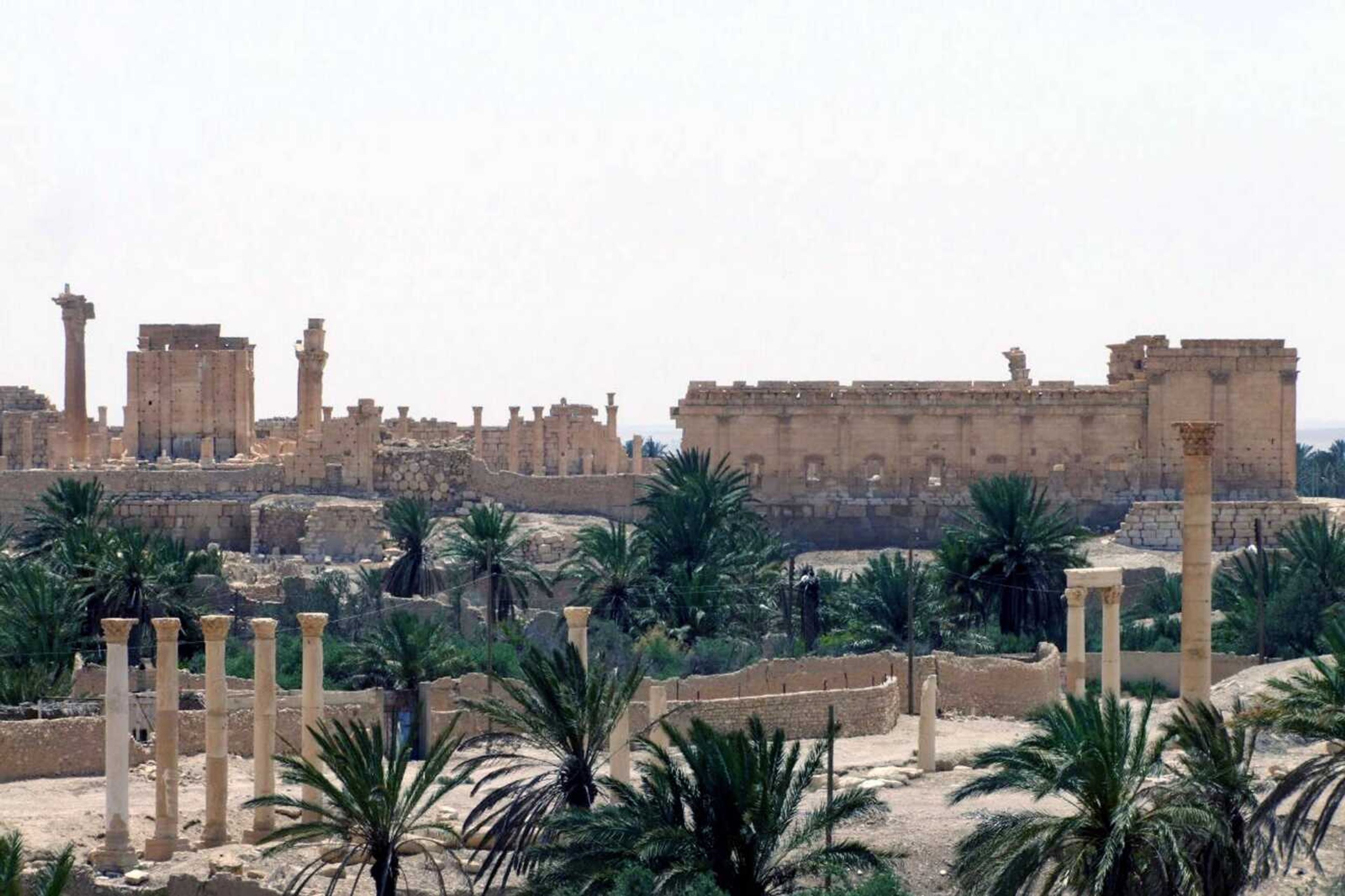DAMASCUS, Syria -- Fears mounted over the fate of one of the Mideast's most prominent archaeological sites after Islamic State militants overran the historic Syrian desert town of Palmyra, seizing control Thursday of its temples, tombs and colonnades within hours.
The takeover also expanded the extremists' hold, making them the single group controlling the most territory in Syria.
"The Syrian regime appears to be in terminal decline, and the Islamic State group in its timing is capitalizing on recent losses by government forces in the north and south," said Amr Al-Azm, an antiquities expert and professor at Shawnee State University in Ohio.
The militants overran the famed archaeological site early Thursday, just hours after seizing the nearby town in central Syria, activists and officials said.
They also captured Palmyra's airport and the notorious Tadmur prison, delivering a new defeat for President Bashar Assad, whose forces quickly retreated.
Hundreds of Palmyra residents fled the town of 65,000, and many more were trying to escape, said Talal Barazi, the governor of central Homs province, which includes Palmyra.
An oasis set in the Syrian desert, Palmyra is a strategic crossroads linking the capital Damascus and cities to the east and the west.
Its capture raised alarm over some of the world's most important ancient ruins, whose fate remained unknown Thursday, and no photos or video emerged from the militants.
"We are in a state of anticipation and fear," said Maamoun Abdulkarim, the head of the Antiquities and Museum Department in Damascus. "The city is now totally controlled by gunmen, and its destiny is dark and dim."
A UNESCO world heritage site, Palymra boasts 2,000-year-old towering Roman-era colonnades, temples and priceless artifacts that have earned it the affectionate name among Syrians of the "Bride of the Desert."
They are the remnants of an Arab client state of the Roman Empire that briefly rebelled and carved out its own kingdom in the third century, led by Queen Zenobia, with Palmyra as its capital.
Before the war, it was Syria's top tourist attraction, drawing tens of thousands of visitors each year.
It includes a 3,000-seat amphitheater overlooking a colonnaded main avenue where plays, concerts and youth festivals were staged.
Connect with the Southeast Missourian Newsroom:
For corrections to this story or other insights for the editor, click here. To submit a letter to the editor, click here. To learn about the Southeast Missourian’s AI Policy, click here.







